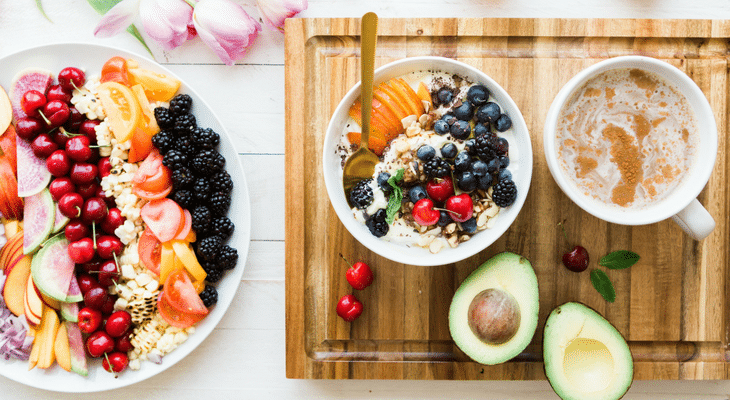Key Category Trends from the US
The business of healthy, natural and organic living is constantly evolving, and staying on top of trends is vital to thrive in this space. The good news is, figures from the Australian Bureau of Statistics show that health care businesses have the highest survival rate.
With the Australian market rapidly following US trends, here are some key directions you need to know about.
Consumers are the driving point of sale trends
One powerful trend is the changing way consumers get products from retailers, according to Bob Burke – a globally-renowned health and specialty products expert and speaker.
Previously, new products might be sold at farmers markets or health food stores, but this has changed thanks to e-commerce, online, and direct-to-consumer sales.
One example is a US service called Instacart, where customers order online from different stores, and their order is delivered within hours.
Burke advises that businesses need to factor online sales and direct-to-consumer delivery into their plans.

Bob Burke – National Products Consulting
Ingredients that are hot right now
These hot products in the US are likely to be a hit with Australian customers too:
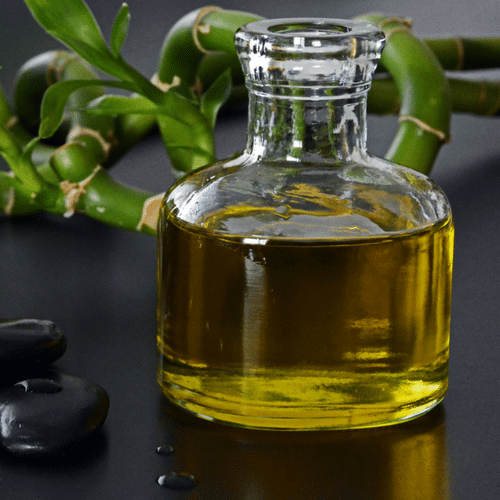 |
CBD (cannabidiol) oil– Mainly derived from hemp, Burke describes this as the “it-gredient” for 2018. CBD oil is appearing in capsules, powders, chewing gum and ready-to-drink cold brewed coffee shots. |
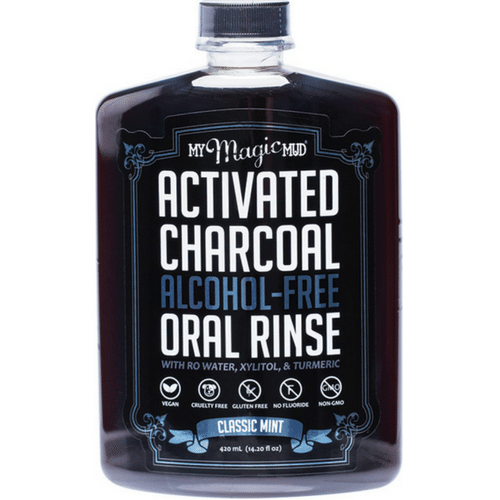 |
Charcoal – this ancient remedy is being used for its detoxifying effect in products like toothpaste, soap, creams and exfoliating mitts. |
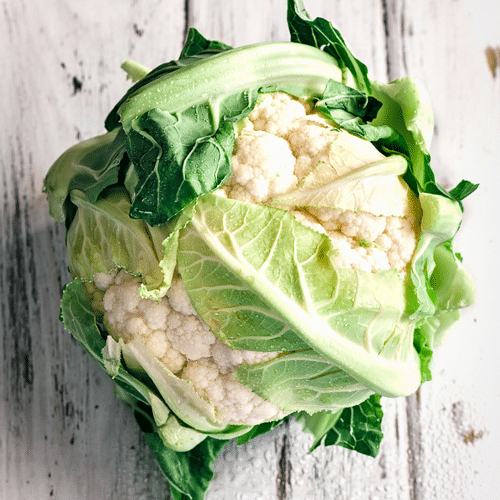 |
Cauliflower – described as this year’s ‘it’ vegetable. It’s appearing in pizza crust, pasta and as an appetizer in restaurants. |
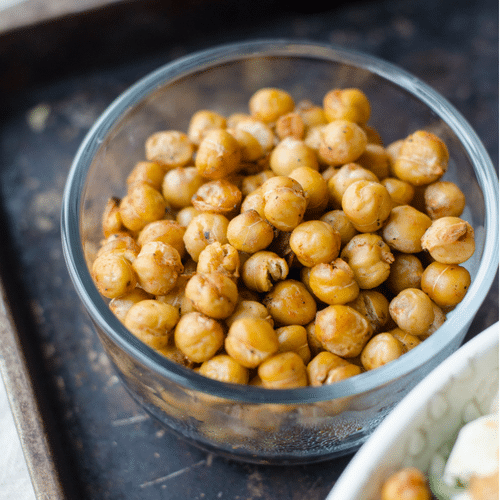 |
Chickpeas – these are “exploding in popularity”. Besides showing up in pastas and baked goods, they’re being coated in dark chocolate or salted caramel and served as a snack. Sweet hummus – in flavours like brownie batter and chocolate mint – is also trending. |
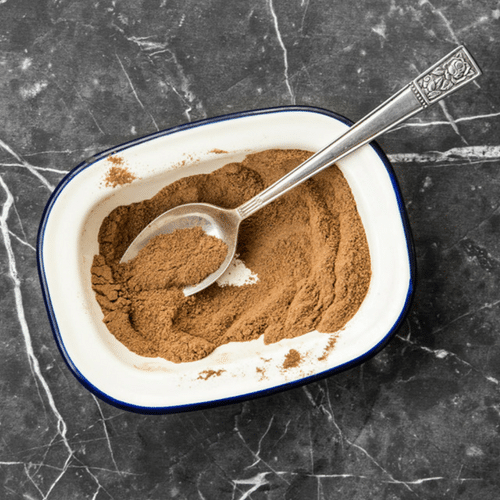 |
Protein – this ever-popular product is pervasive across every aisle of the store. In addition to powders and bars, protein is making an appearance in chips, muffins, pasta and frozen desserts. |
 |
Gluten and grain free – this area remains big thanks to the number of people on the gluten intolerance spectrum. Grain-free products are on the rise, driven by demand from grain-free diets like paleo. |
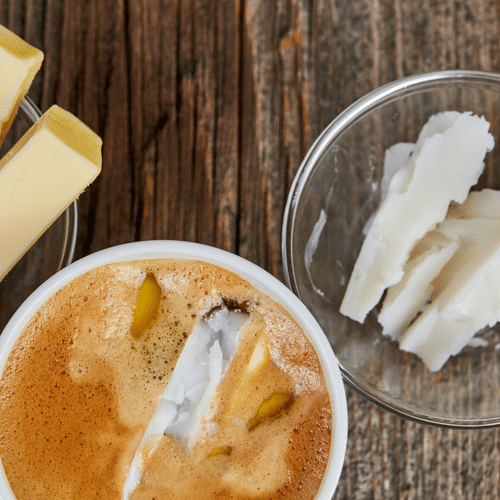 |
Neurotrophics – these supplements and foods, such as medium chain triglycerides (MCT), claim to promote healthy brain function. Adding MCT oil from coconut or grass-fed butter into coffee is one new method for getting a brain boost. |
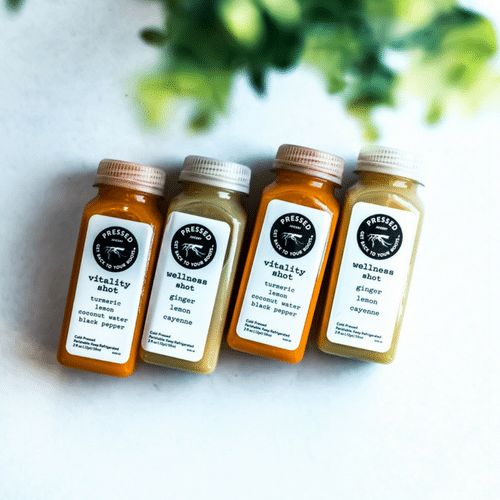 |
Wellness shots – targeted to anything from immunity to relaxation. These are every retailer’s dream because you can fit a lot in the same space as a bottle or two of conventional beverages that might have the same price point. |
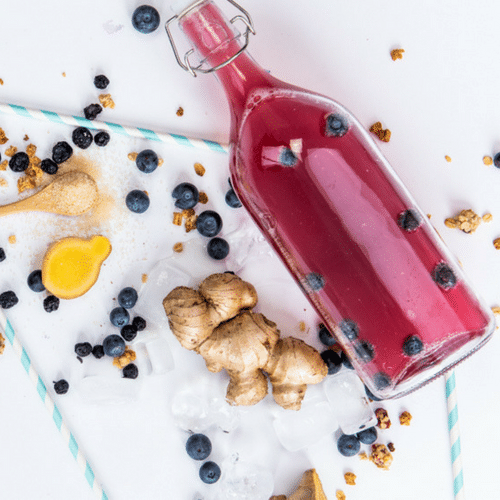 |
Pre and probiotics – these mainstays remain popular, with prebiotics increasingly recognised for their role in nourishing intestinal flora. Also trending are lacto-fermented products like sauerkraut, kimchi, drinking vinegar and kombucha. |
Natural pet products
This market has been growing for about 20 years, with a strong recent trend towards gluten-free pet products. Some treats are also including glucosamine and chondroitin to support joint health, while pet products incorporating prebiotics and probiotics are also popular.
Proving that people will spend more on their pets than themselves is the rise of , where you can grab a baked bite for your furry friend.
Foods made with technology
This trend is seeing meat substitutes being manufactured from products like pea protein and vegetable oils, with beet juice added so it “bleeds” like real meat.
Another unusual example is “finless foods”, where seafood is cultured in a lab with a purported mission of sustainability, traceability and health.
For those preferring real food, grass-fed protein and dairy products remain popular.
Adaptogens
Adaptogenic supplements like turmeric, maca, mushrooms and ginseng are being delivered in powders, capsules and ready-to-drink beverages.
One innovative company has combined mushroom tea with coffee and cocoa to make it more palatable, and their business has “exploded”, Burke says.
Waste reduction and sustainability
Reducing food waste by salvaging and repurposing has been on the agenda for about five years. More recently, so-called upcycling is taking products that might have been discarded and turning them into new ones.
For example, leaves from the coffee plant are being dried and made into an antioxidant-rich tea-like substance. Vegan mayonnaise is being crafted from the water used to soak chickpeas.
Sustainability remains an important issue. Increasingly, consumers are also desiring transparency, Burke says. They want to know “where the products come from…and who are the people behind the brands”.
-
Enquire!
- Register
